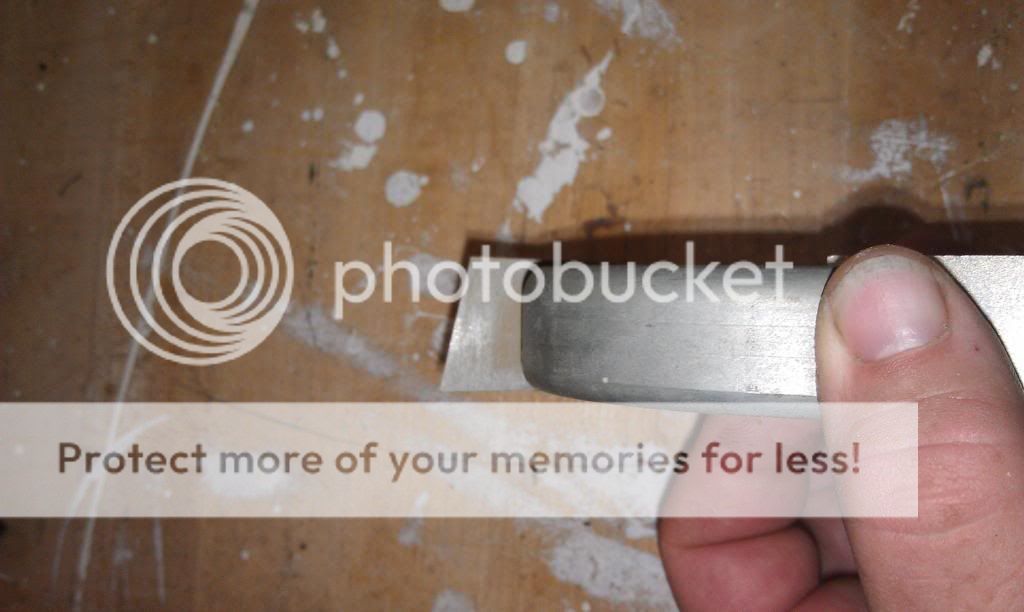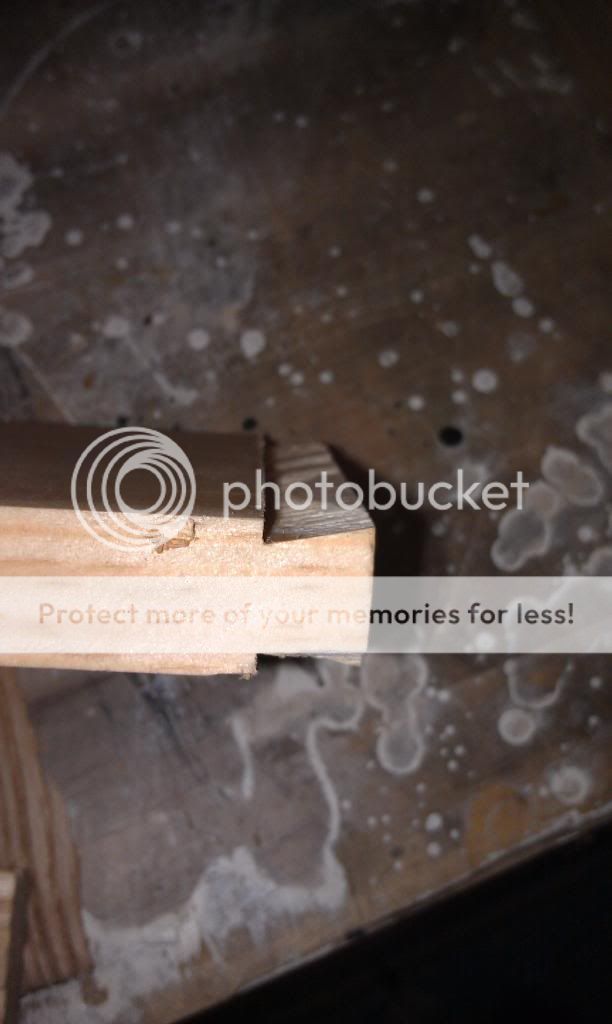Rich Soby
Member
- Messages
- 1,553
- Location
- Cape Cod, Ma.
I just.closed a project with a client for a large set of built ins in their new.family room. The base will consist of a desk, file cabinets a run of base cabinets for a/v storage and such and some bookshelves. The uppers will be open staggered shelving with a vee groove back. all will be from southern yellow pine. i will have to assemble several parts onsite.
I came up with the thought.of dovetailing the shelves into the sides. I am ordering a 14 degree cutter from molding knives.com to fit my delta molding head so i can cut the dovetails on the ts. Then ill dadoe out the sides and run a 14 degree dovetail bit down each side to make the pocket to receive the shelf.
Any thoughts? My.thinking is i may have to make the shoulder cut on the ts first then come in with the moldong head cutter to avoid tearout. Anyone ever tried this?
I came up with the thought.of dovetailing the shelves into the sides. I am ordering a 14 degree cutter from molding knives.com to fit my delta molding head so i can cut the dovetails on the ts. Then ill dadoe out the sides and run a 14 degree dovetail bit down each side to make the pocket to receive the shelf.
Any thoughts? My.thinking is i may have to make the shoulder cut on the ts first then come in with the moldong head cutter to avoid tearout. Anyone ever tried this?







